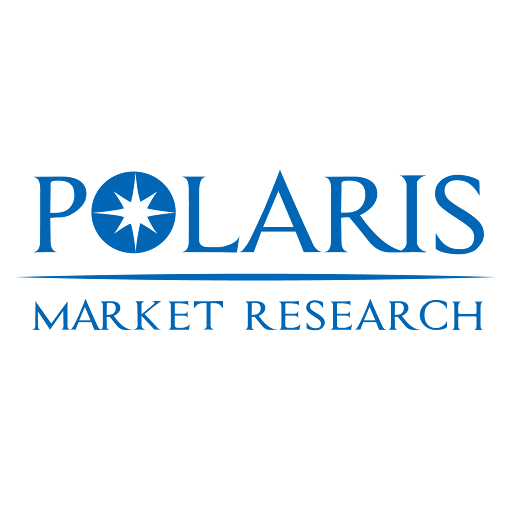The global permanent magnet motor market size was valued at USD 52.61 billion in 2024, and is anticipated to grow at a CAGR of 9.5% from 2025 to 2034, driven by accelerating demand for energy-efficient electric motors across smart manufacturing, consumer appliances, automotive, and HVAC sectors . This surge is underpinned by the dominance of permanent magnet AC motors, which offer high torque-to-weight ratios and superior performance for electric vehicles (EVs) and industrial automation. As countries pursue decarbonization targets and stricter energy regulations, permanent magnet motors are becoming essential in replacing traditional induction motors in both legacy and next-generation applications.
In Asia Pacific, where rapid industrialization and ambitious EV adoption are reshaping industrial landscapes, permanent magnet motor deployment has reached critical mass. The region accounted for the highest market share in 2024, supported by China’s leadership in rare-earth magnet production and Japan’s technological innovation in magnet technology . Regional manufacturing trends show that Chinese producers are scaling magnet and motor production to serve both domestic and export markets, while Japanese firms invest in nanocomposite magnets and precision motor architectures. Trade dynamics under RCEP bolster cross-border supply chains for magnet materials and motor cores across East and Southeast Asia, aligning market penetration strategies with national industrial policies.
North America demonstrates steady growth underpinned by expanding EV infrastructure, government stimulus, and reshoring efforts. The U.S. motor market reached approximately USD 7 billion in 2023, fueled by demand in automotive, aerospace, and HVAC systems. Federal policies under the Bipartisan Infrastructure Law and CHIPS Act aim to secure domestic rare-earth magnet supply and motor assembly to reduce supply chain risk. Consequently, manufacturers are building North American plants and vertically integrating magnet and motor production to strengthen cross-border logistics with Canada and Mexico. This shift supports resilience in supplier ecosystems and reflects evolving value chain optimization practices.
Europe’s permanent magnet motor market is propelled by its green energy transition and regulatory mandates. Wind power generation relies heavily on direct-drive PM generators for offshore turbines, while the e-mobility shift—particularly in Germany, France, and the Nordics—drives EV motor integration. However, Europe faces rare-earth import dependency and is working to increase regional magnet medal processing capacity. While R&D hubs in Germany and Sweden pursue recycling and smelting innovation, geopolitical constraints due to Chinese export controls remain a challenge.This encourages localized manufacturing and certification, forming a market penetration strategy centered on sustainability and circular economy goals.
Read More @ https://www.polarismarketresearch.com/industry-analysis/permanent-magnet-motor-market
Although Asia Pacific leads overall, Latin America and the Middle East & Africa show emerging momentum. In Brazil, investment in hydroelectric and agriculture mechanization is increasing demand for PM motors in pumps and irrigation. MEA regions, particularly UAE and Saudi Arabia, are prioritizing energy grid modernization and desalination infrastructure, integrating PM motors for energy efficiency and reliability improvements.
The primary drivers behind this growth are global electrification trends across end-use industries, rising energy-efficiency regulations, and improved product differentiation through motor miniaturization. EV expansion is a major catalyst—permanent magnet synchronous motors accounted for approximately 65% of global EV drive motor installations in 2024 —while industrial automation systems increasingly rely on compact and efficient motor designs.
However, the market faces substantial restraints related to rare-earth material volatility and China’s near-monopoly on NdFeB magnet production. In 2025, China eased export restrictions but still limits magnet licensing to certain U.S. and European firms This catalysts companies in North America and Europe to accelerate supply chain diversification and source development through M&A or investments in non-rare-earth magnet technologies. Additionally, high initial capital expenditure for PM motors versus induction alternatives still limits adoption in cost-sensitive infrastructure projects.
The competitive landscape is defined by a mix of global conglomerates and regional specialists leveraging regional production capabilities, strategic R&D investments, and supply chain partnerships to achieve market share:
- ABB Ltd.
- Siemens AG
- Nidec Corporation
- Wolong Electric Group Co. Ltd.
- WEG S.A.
- Toshiba Corporation
- Yaskawa Electric Corporation
- Allied Motion Technologies Inc.
Asia Pacific leadership in manufacturing and rare-earth supply, coupled with North America and Europe strengthening local supply chains and alternative technologies, is reshaping the global permanent magnet motor market. As geopolitical tensions persist, strategic localization, product innovation, and supply resilience will determine which companies capture long-term growth in this high-performance, energy-sensitive domain.
More Trending Latest Reports By Polaris Market Research:
Water and Wastewater Treatment Equipment Market
Singapore, Malaysia, and China Corporate Secretarial Services Market
Europe Equine Healthcare Market
Europe Homogeneous Precious Metal Catalyst Market



